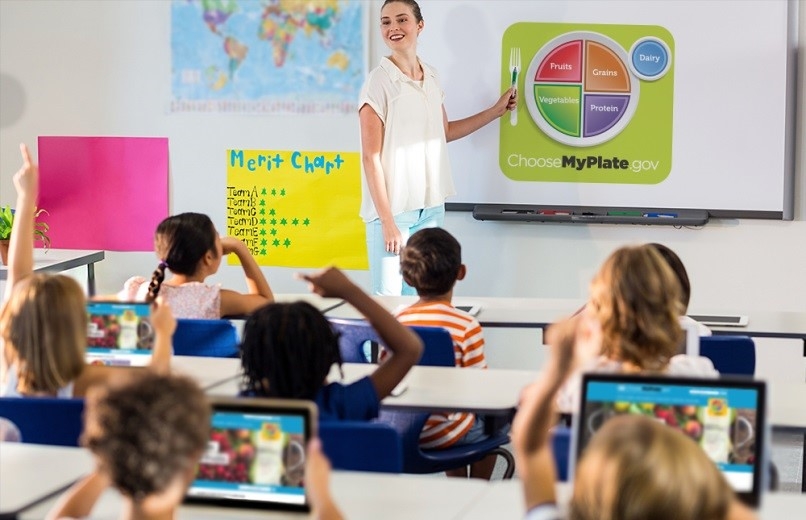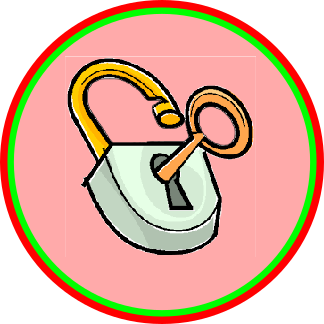Teaching the 21st-century student presents many unique challenges. Distracted and inattentive students, the perpetually hanging sword of competitive exams, overbearing teachers, social peer pressure and the list goes on.
Teaching the 21st-century student requires understanding the underlying currents that influence student behaviour.
Table of Contents
1. They have multiple avenues to seek knowledge from.
Digitization of Data has enabled knowledge to be delivered to students via multiple avenues. Radio, TV, YouTube, Podcasts, websites, eBooks, social media sites, libraries are all avenues of knowledge for the 21st-century student.
In fact, the overwhelming number of choices at times can be a source of confusion.
2. Students need guidance, not lecturing.

The rich source of avenues for knowledge and learning have ensured that the 21st-century student faces no dearth of knowledge. Also, a teacher cannot compete with the multimedia-rich content that impinges multiple senses flowing through some of the avenues of knowledge mentioned previously.
Hence, as a teacher, you are better off switching to guiding students towards the best content on the most suitable avenues for a particular topic rather than lecture on and on.
3. You will need to earn the students’ respect.
As the learning needs and the thirst for knowledge are quenched by the media rich knowledge avenues, the 21st-century student looks up to the teacher to see what else they bring to the table.
It is here that a teacher’s job undergoes its most profound change. A teacher needs to earn the students’ respect by taking on one or more of the following roles
- Knowledge Integrator: The teacher guides the student towards the most relevant data avenues and also integrates the knowledge flow from multiple avenues into a digestible one.
- Insight Picker: The teacher also needs to make sense of all the knowledge and comb out insights that are not discernible to the untrained mind of the students. The teacher must provide the ‘Aha’ moment.
- Knowledge ‘Contributor-in-Chief’: In the age of instant sharing, students love to contribute back to the World Wide Web for the benefit of others. The teacher has to assume the role of the chief contributor in putting the content back to the web for consumption. Getting children to be part of this process can be a learning process too.
- Collaboration Promoter: the 21st-century student loves to collaborate to enhance learning. The Internet makes it easy to collaborate too, with people across the globe. A teacher needs to facilitate this.
These roles add a new dimension to the teacher and command the respect of the students in an age where the traditional methods are losing their significance.
4. They prefer understanding not mugging up.
Students in the 21st century are not knowledge rakers. The obvious facts do not warrant learning by rote. Rather, they place heavy emphasis on understanding what they wish to learn and also be in a position to apply the learning in a real life setting.
5. They learn easily when the learning is gamified
Students of the current generation also embrace learning more readily when it is presented to them in a gamified manner. Gamification of learning rings in a fun element to learning without the associated tiredness.

Gamified learning helps
- increase participation levels in the class
- raises the amount of involvement of students
- feeds the key concepts involved in learning in a subtle manner to the participants
- prevents burnout of students.

